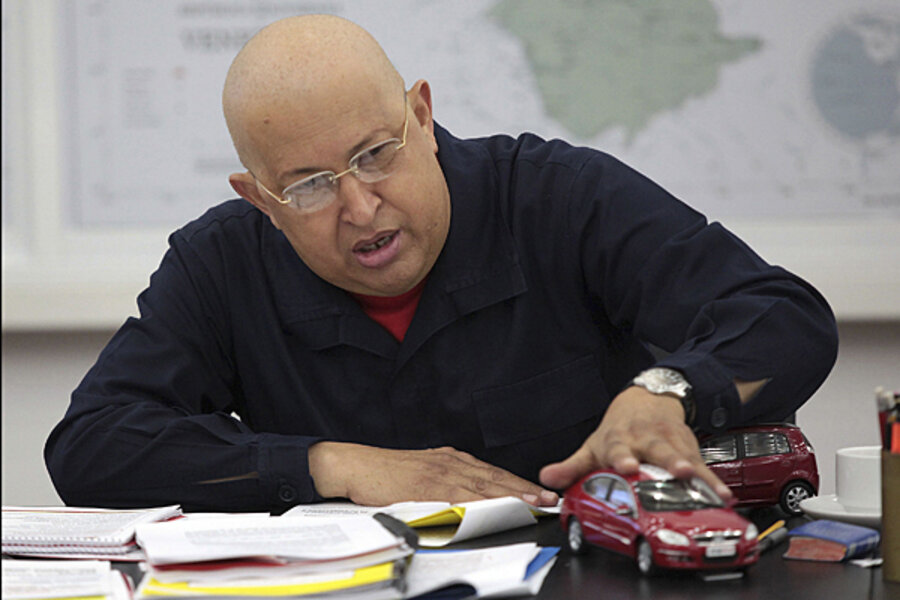New government caps on car prices in Venezuela spell trouble for consumers
Starting this week, the Venezuelan government will cap the prices at which cars can be sold in the country. This is yet another silly and failed policy by a government that has done little in terms of defining any policy for the sector.
The government did not have a policy in place before exchange controls were imposed in 2003, nor has it had a policy since.
Before exchange controls, it increased taxes on cars, such that all cars pay a basic 30 percent custom tax, which becomes higher by 10 percent for luxury cars, which are defined as those that sell for more than $30,000. After controls, the government has gone from a free for all of imports at the preferential official exchange rate, to limited foreign currency for car parts or car imports.
In the middle, the government did all sorts of things that simply did not help. Like allow any automobile brand to come in and give the importers cheap controlled dollars. For local manufacturers this created problems: it is hard to compete with imports, when your local costs are seeing 25 percent inflation year after year. Everything from fancy American cars, to German cars, to cheap Chinese imports, got cheap dollars until the numbers of cars imported (and the dollars!) simply soared to levels that were simply absurd. And the government took notice. (They apparently weren’t watching.)
Oh yeah! In the middle, we were promised cheap Iranian and Chinese cars, made in Venezuela, that would break the back of all other car companies. We are still waiting.
Of course, the government does not ask itself the basic question: Why do people want so many cars?
The answer is simple: cheap gas and cheap relative car prices relative to inflation. Cheap gas means that the cost of fueling the car is irrelevant when you buy or drive a car in Venezuela, courtesy of a crazy 8.5 cents per gallon policy by the Venezuelan Government, since Chavez has yet to increase the price of gas even once during his twelve years in office. (Yes, with 1,300 percent inflation in those years!)
The second reason is that on a relative basis, cars are cheap. Twelve years ago, when Chavez took power, one dollar cost 0.575 bolivars, given that inflation has been around 1,300 percent, that same dollar should cost around 7.45 bolivars, instead the Chavez administration gives car companies dollars at 4.3 bolivars for the import of cars and parts to make cars. On top of that, in 1999 car companies could buy all the dollars they wanted to make cars, today those dollars are limited, i.e. the number of cars being sold is quite limited.
But even worse, the number of cars being sold is limited in an environment where the Government is printing money. How much money? Let me put it in perspective. In 1999, all of the Bolivars in the country would have bought 700,000 $20,000 cars. Today, all of the Bolivars out there would buy over 4,000,000 cars at the same price. That’s a factor of seven times!
Ever heard of supply and demand?
Not the Chavistas. For them it is all speculation. Thus, the “new” automobile policy is aimed at that. The solution is to regulate how much car companies can earn and they have magically decided to fix that at 10 percent. With 25-30 percent inflation that sounds like a sure no brainer so that that there will be fewer and fewer cars for sale in the upcoming years. Less investments, fewer companies, fewer cars.
It is indeed a revolution, just like Cuba, Venezuelans will be driving beaten down cars, or more romantically for a brainless revolutionary, they will be riding the donkeys or mules that their grandparents rode like the picture here.
--- Miguel Octavio, a Venezuelan, is not a fan of Venezuelan President Hugo Chavez. You can read his blog here.





